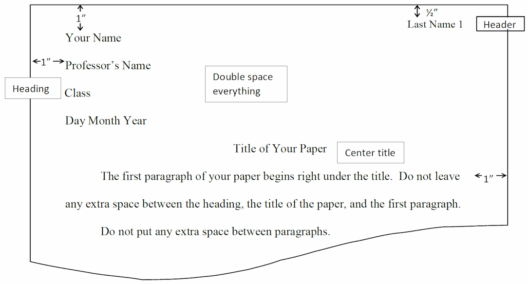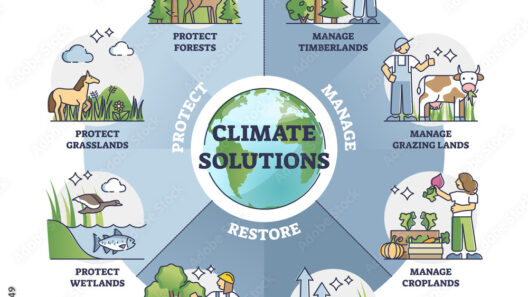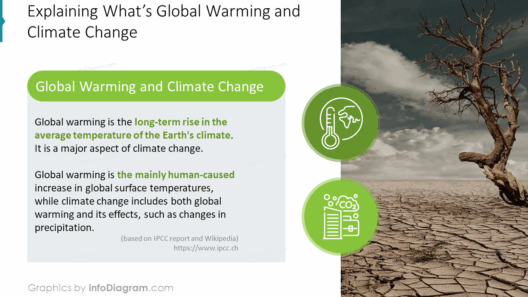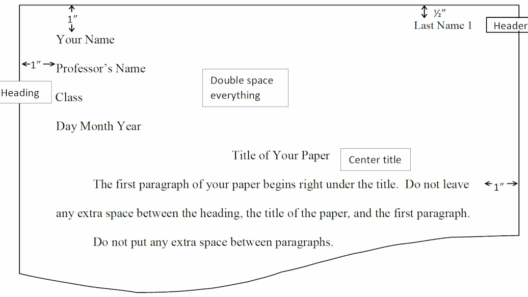As the global community grapples with the existential threat posed by climate change, innovative solutions are continually contemplated. One provocative idea that captures the imagination is: could moving the Earth back in its orbit alleviate the deleterious effects of global warming? While the very notion appears fantastical, it raises fundamental questions about our planet’s climatic mechanisms and our place within the broader cosmos.
Before delving into the mechanics of such a radical proposition, it is essential to understand why this idea is indeed beguiling. The fundamental observation leading to this concept centers around the relationship between Earth’s position in relation to the sun and the thermal energy we receive. If we could alter that position, it stands to reason that we could potentially reduce the global temperature, alleviate heatwaves, and curb the rising sea levels that threaten countless coastal communities.
The allure of repositioning Earth lies in its simplicity. Many individuals find comfort in tangible solutions to what can often seem like an insurmountable problem. In a world inundated by complex climate models and nuanced policy debates, contemplating the repositioning of our planet simplifies the discussion: it offers a clear cause and effect. This notion also invokes a sense of cosmic intervention, tapping into our fascination with the universe. However, the realities of such an undertaking are astronomical in both conception and execution.
To evaluate this idea more critically, we must acknowledge the intricate dynamics that govern planetary orbits. Earth’s orbit is not merely a path through space; it involves an elaborate gravitational dance with the sun and other celestial bodies. Altering its trajectory would likely require the application of an enormous force, possibly via advanced technological methods that remain speculative at best. The colossal energy demands and engineering challenges associated with such an endeavor would be staggering, possibly dwarfing our current fossil fuel consumption.
Moreover, the consequences of such a move could be far-reaching and unpredictable. While it may seem attractive to envision favorable temperature modifications, the climate system is exceedingly complex. Numerous feedback mechanisms exist, and a change in orbit could exacerbate weather variability, disrupt ecosystems, and displace human populations. For example, shifting Earth further from the sun could lead to an increase in glaciation, disrupting agriculture and water supply in regions currently deemed temperate.
The intricacies of the Earth’s climate do not lend themselves to simplistic solutions. Instead, a critical examination of existing interventions is warranted. Natural phenomena, like volcanic eruptions and solar flares, demonstrate the components of climate variability that are beyond human control. Moreover, anthropogenic factors—including deforestation, industrial emissions, and land use changes—underscore how human activity translates into climate change. Ultimately, a focus on geoengineering, while captivating, may distract from pressing reforms in sustainability and emission reductions.
One of the most significant contributors to climate change is the accumulation of greenhouse gases in the atmosphere. Traditionally, the discourse has revolved around mitigation through improved energy efficiency, the proliferation of renewable energy sources, and adopting sustainable agricultural practices. Rather than theorizing about cosmic maneuvers, the urgency lies in redirecting efforts towards tangible solutions and innovations that steer us towards sustainability.
Nevertheless, the discussion of extraordinary measures, such as moving the Earth, raises a deeper philosophical inquiry about humanity’s relationship with nature. It invites us to ponder the lengths we would consider for environmental stewardship and underscores a profound recognition of our collective vulnerability. It reveals a desire for control over an increasingly chaotic climate and a reflection of our innate quest to influence the unfolding narrative of our planet.
While speculative, the concept also nudges us towards a more significant realization: our current trajectory is unsustainable. If we express a willingness to wrestle with the unimaginable, it prompts a broader dialogue about the implications of technology and how we approach our environmental challenges. If we are envisioning Earth moving, perhaps we should also consider moving our perspective, adapting our behavior, and redirecting our resources towards combating impending climate crises.
In the end, rather than fantasizing about interstellar manipulation, the focus ought to remain on embracing pragmatic and innovative approaches to climate change mitigation. Students of climate science, policymakers, and citizens alike must concentrate on localized actions—planting trees, supporting sustainable legislation, reducing waste, and promoting conservation. These grassroots initiatives, however humble they may seem in contrast to the grand idea of cosmic reorientation, are our most potent tools in altering the future trajectory of our planet.
This narrative illuminates the power of possibility without obscuring the present realities. As countless experts echo the sentiment, we possess the tools necessary to tackle climate change. By prioritizing sustainability within our temporal grasp, we can effectuate meaningful change, one action at a time, securing a livable world for future generations. The question of moving Earth horrifies and fascinates, but the real imperative is to act now, to safeguard our planet’s future while we still can.








